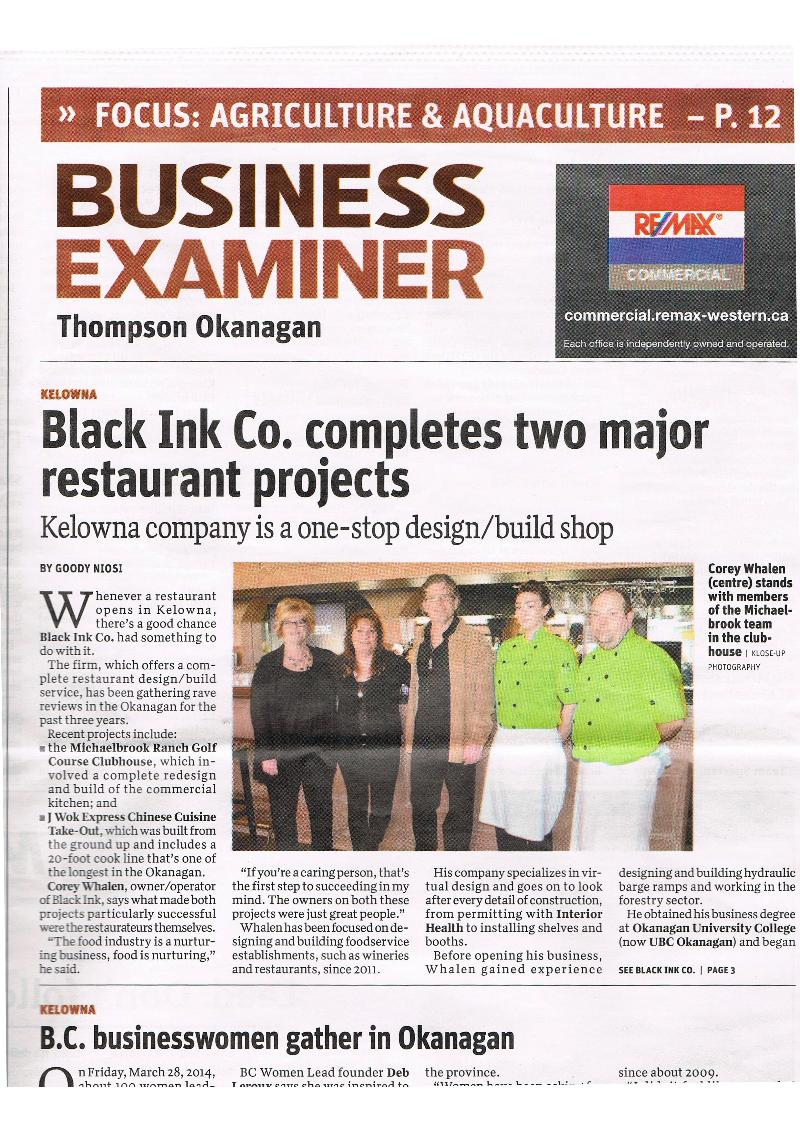Fire Rating Your Commercial Food Service Business
Proper fire rating is a must for every commercial kitchen, and 4 things must be considered: (1)commercial cooking equipment specifications (2)building architecture (3)provincial & local regulations (4)local Fire Authority.
Fire rated insulated metal cladding is a part of any engineered commercial cooking hood system legal requirements. This applies to any combustible or semi-combustible cook line back or side walls. The thickness and fire rating of the panels depends on the wall materials construction and proximity to the appliances. The exhaust ducting also requires fire clearances and protective measures.
Exhaust duct fire rating is a little more tricky. Because black iron commercial kitchen exhaust ducting often passes through ceiling trusses, maintaining clearances can be challenging. Metal cladding still requires minimal air space clearances, so when things get cozy zero clearance fire rated wrap can be used.
If you do not require a commercial ventilation system for your foodservice business, be aware that fire rating still applies to demising walls in the building. A demising wall is any separating wall between your foodservice business and another business in the same building. Local authorities determine the ratings for their regions, but a good rule of thumb is to plan for 1-2 hours of fire rating protection. So, you are asking, “how do I fire rate my demising walls?”
First of all, if your walls are constructed with non-combustible materials (i.e. brick or concrete) then you are already fire rated. More typically however, they will be studs and drywall construction. In this case…use type x fire rated drywall taped and mudded floor to ceiling. Each sheet is rated by time it takes to burn through, so you add what you need to get the fire rating time desired. For example, if you require 1 ½ hours fire rating, and one 5/8 sheet of drywall is rated for 45 minutes, then you use 2 sheets to get the protection needed (i.e. 2sheets x 45min = 1 ½ hours).
Proper fire rated wall cladding and zero clearance fire wrap, paired with a commercial kitchen fire suppression system, will get your city permits approved and protect your foodservice business investment into the future.

